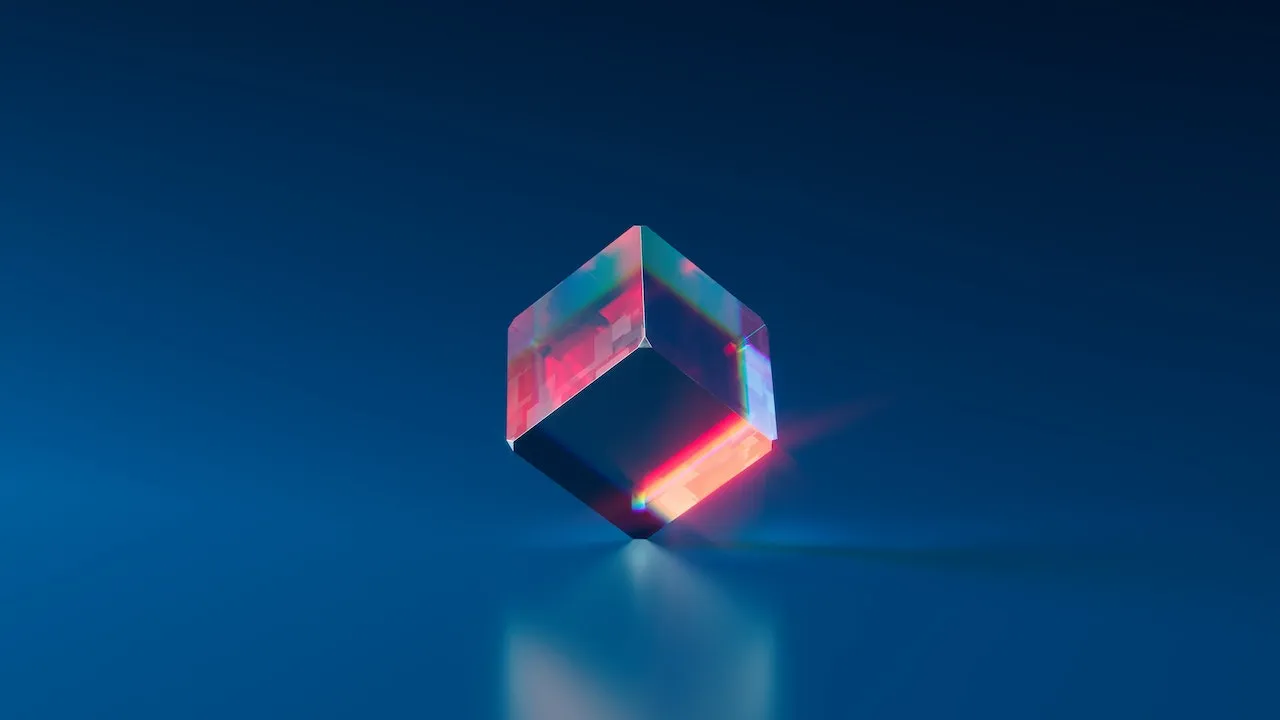
What could be the future of data storage?
Microsoft’s Research team is firmly convinced that storing large quantities of data on glass plates holds immense potential. Additionally, this pioneering project could revolutionize the field of data storage and offer a viable solution to the difficulties encountered by data centers when managing documents, photos, and videos. In essence, it has the capacity to transform the way we handle data.
Project Silica: A Glimpse into the Future of Data Storage
Project Silica is an innovative storage technology that seeks to imprint data onto a glass surface. Accordingly, it effectively safeguards data until it is required. Once imprinted, the data within the glass becomes unchangeable, guaranteeing the utmost level of data protection. Furthermore, Richard Black, the Research Director of Project Silica, elaborates on the importance of this breakthrough. He emphasizes that this technology enables us to record data with the assurance that it will remain unchanged and secure. This advancement represents a significant stride in sustainable data storage.
The Case for Sustainable Glass Storage
Microsoft is presenting glass storage as an environmentally friendly option for cloud storage. On the other hand, magnetic storage, although widely utilized, presents its own unique difficulties. The finite lifespan of magnetic storage requires frequent data transfers; consequently, this results in escalated energy usage and operational expenses over an extended period.
Ant Rowstron, a Distinguished Engineer at Project Silica, highlights the problem at hand: “Magnetic technology has a limited lifespan. Data must be regularly transferred to newer types of media. A hard disk drive typically lasts around five years, while a tape, if you’re bold enough to use one, might endure for ten years. However, once this lifespan is reached, data migration becomes necessary. Unfortunately, this process is not only intricate but also highly unsustainable, consuming vast amounts of energy and resources.”
Project Silica stands in sharp contrast as it possesses the capability to store massive amounts of data within glass plates, approximately the same size as a drink coaster. Furthermore, it has the remarkable ability to preserve this data for thousands of years.
Unleashing the Potential of Glass Storage
Microsoft states that a small glass disc can hold up to 7 terabytes (TB) of data. To provide context, this amount is equal to roughly 1.75 million songs or 3,500 movies, all of which can be stored without quality loss for at least 10,000 years.
Storing data in glass entails four essential stages: the use of an ultrafast femtosecond laser to write the data, reading it via a computer-controlled microscope, deciphering the information, and finally, preserving it in a library. Interestingly, the library functions in a passive manner, without relying on electricity to power any of its storage units. The intricate aspect lies in the robotic systems, which charge while at rest within the laboratory. When data is needed, these robots swiftly activate, navigate the shelves, retrieve the glass plates, and transport them to the reader.
The Promising Partnership with Elire
Currently, Microsoft Research is collaborating with Elire, a sustainability-focused venture group, to harness Project Silica technology for the Global Music Vault in Svalbard, Norway. This innovative approach enables the creation of a durable archive for songs using silica-based glass plates. Additionally, these plates are not only impervious to electromagnetic pulses and extreme temperatures but also eco-friendly.
The Road Ahead
While the potential of glass storage is clear. Nonetheless, Microsoft acknowledges that it is still in its nascent stages and will require three to four more developmental phases before it can be commercialized.
Nonetheless, based on recent developments shared by the company, although it’s evident that we may be on the cusp of a new era in data storage. Not only one marked by longevity, sustainability, and cost-effectiveness, with Microsoft’s Project Silica leading the way.
A Glimpse into the Future
The future of data storage seems brighter than ever with Project Silica. As technology continues to evolve, consequently, the potential applications for this revolutionary storage method become increasingly clear.
Imagine a world where vast libraries of information, crucial historical records, and cherished media are all stored within the compact confines of glass plates, moreover, ensuring their preservation for centuries to come. Project Silica paves the way for precisely that vision.
Sustainability and Security Hand in Hand
One of the most remarkable aspects of this technology is its potential for sustainability. Glass storage, moreover, offers minimal environmental impact and low energy consumption, making it a compelling solution for a world increasingly concerned with ecological preservation. Furthermore, by choosing glass as a storage medium, we can reduce our carbon footprint, which is particularly crucial in the data-driven era we live in.
Moreover, the immutability of data stored in glass plates assures unparalleled security. In a world where data breaches and unauthorized access are growing concerns, this feature cannot be overstated. Additionally, once data is etched into the glass, it remains unchanged and impervious to the threats that traditional storage methods might face.
Diverse Applications on the Horizon
Project Silica’s potential is not limited to the realm of music and entertainment. Its versatility can be harnessed across various industries. Here are some potential applications:
- Archiving Cultural Heritage: Museums and cultural institutions can use this technology to preserve invaluable artifacts, manuscripts, and historical records for future generations.
- Medical Records: The healthcare industry can benefit from the secure, long-term storage of patient data, ensuring accessibility for research and treatment purposes.
- Government Archives: Governments can archive critical documents, policies, and treaties, safeguarding them for posterity.
- Scientific Research: Laboratories and research institutions can rely on glass storage to securely archive years of experiments, ensuring that valuable data remains intact for analysis and reference.
- Educational Resources: Educational institutions can archive textbooks, research papers, and educational content, ensuring its accessibility to future generations.
- Corporate Data: Businesses can securely store sensitive and critical data, protecting their intellectual property and sensitive information.
As Project Silica advances through its developmental stages, these applications and more may become a reality, reshaping the way we store and access data. Learn more about potential of AI in our article “12 Fascinating Machine Learning Unleashing The Potential Of AI“
Conclusion
In a world where data is the lifeblood of innovation and progress. The need for reliable, sustainable, and secure storage solutions is paramount. First and foremost, businesses and individuals alike require data storage methods that can stand the test of time. Moreover, Microsoft’s Project Silica offers a glimpse into a future where data is preserved for millennia. Thus addressing the pressing issue of long-term data preservation. Furthermore, by minimizing energy consumption. Project Silica contributes to a more sustainable digital future, aligning with our growing environmental concerns. In addition, this innovation plays a pivotal role in securing our digital heritage. Safeguarding it against the ravages of time. In essence, Project Silica not only showcases the evolving capabilities of data storage. But also underscores its critical importance in shaping the way we innovate and protect our digital legacies.
While there’s still work to be done before glass storage can be commercially viable. The strides made by Microsoft’s Research team indicate that this technology is on the cusp of becoming a game-changer in the field of data storage. The possibilities are limitless, and the future looks brighter than ever for data storage. Thanks to the revolutionary power of Project Silica.







